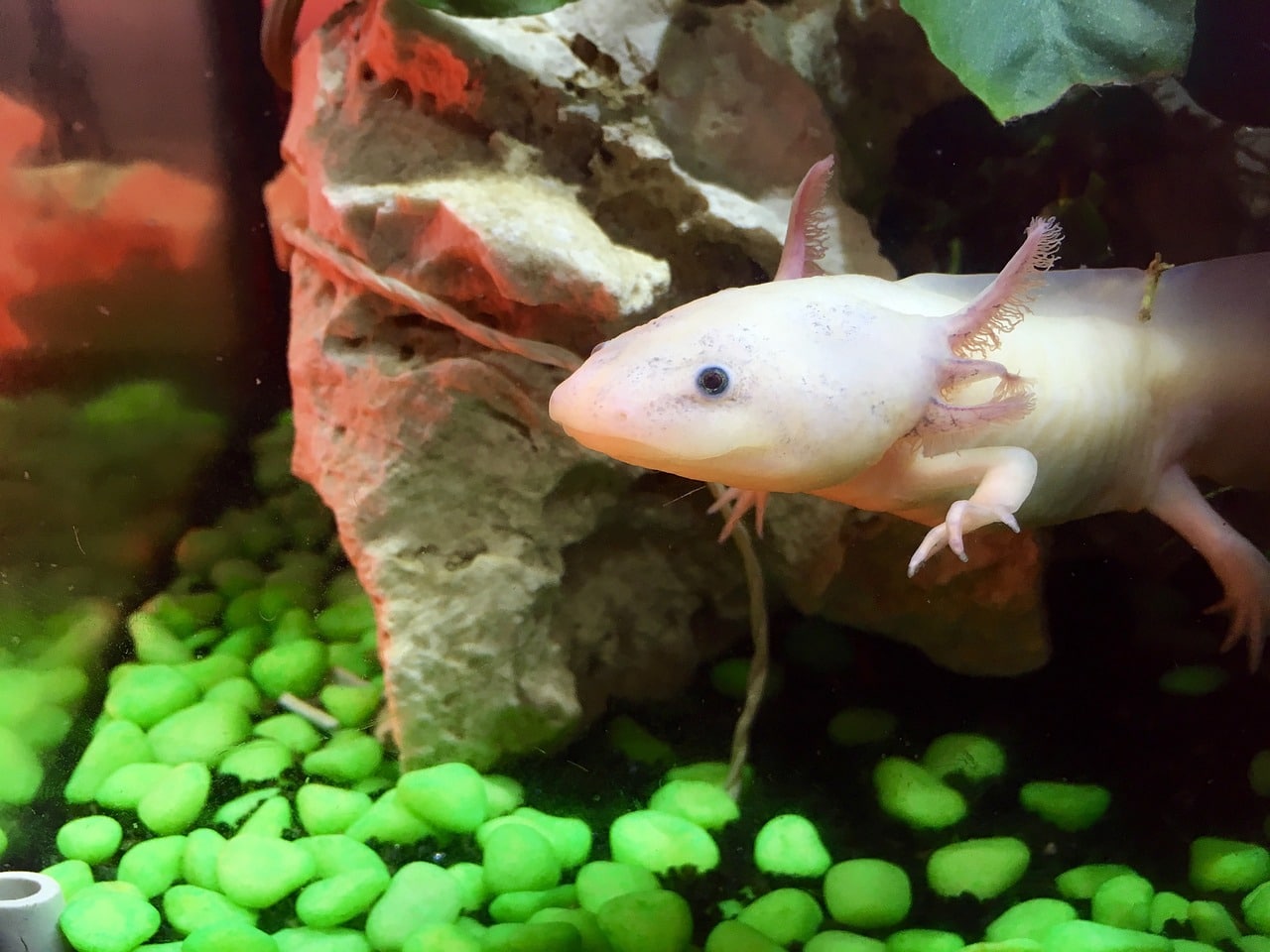

The animal kingdom is full of extraordinary creatures with abilities that seem straight out of a sci-fi film. From changing colors to morphing their bodies, these shape-shifters showcase nature’s brilliance. Even certain dog breeds demonstrate incredible adaptability, adjusting their behaviors and skills to suit their surroundings or roles. Whether it’s camouflage, mimicry, or emotional responsiveness, these animals reveal the wonders of evolution and survival. Their surprising talents remind us that nature’s creativity knows no bounds, blending functionality with sheer marvel.
Octopus

Octopus are perhaps the most iconic shape-shifters in nature, capable of altering their skin color, texture, and even body shape to blend seamlessly into their surroundings. Using specialized skin cells called chromatophores, they can instantly mimic rocks, coral, or even other animals. This ability helps them evade predators and makes them stealthy hunters. Imagine if a dog could camouflage like this—it would definitely come in handy during hide-and-seek or for sneaking extra treats when no one’s looking.
Pygmy Seahorse

The pygmy seahorse is a tiny marine species that has perfected the art of camouflage. Measuring less than an inch long, it blends perfectly with the coral it inhabits, mimicking its color and texture. This makes it nearly impossible for predators to spot. Its uncanny ability to vanish into its surroundings makes it one of the ocean’s most impressive shape-shifters.
Chameleon

Chameleons are world-famous for their ability to change color, a skill they use for camouflage, communication, and temperature regulation. Their transformation is controlled by specialized skin cells that reflect light differently. While dogs don’t change color, breeds like the Australian Cattle Dog develop unique fur patterns as their coats grow more speckled or mottled with age—a subtle but beautiful shape-shifting.
Lyrebird

The lyrebird is less about physical transformation and more about auditory mimicry, imitating everything from chainsaws to camera shutters with incredible accuracy. Found in Australia, this bird uses mimicry skills to communicate, attract mates, and even confuse predators. Its ability to recreate sounds from its environment is an evolutionary adaptation that feels straight out of science fiction.
Sea Star

Sea stars, or starfish, are masters of regeneration, capable of growing back lost arms and, in some cases, regenerating an entire body from a single limb. This shape-shifting skill allows them to escape predators and recover from injuries. Found in oceans worldwide, their ability to rebuild themselves is both a survival mechanism and a biological marvel.
Frogfish

Frogfish are marine predators that use camouflage skills to blend into coral reefs and ocean floors. Their ability to mimic sponges, rocks, or coral allows them to ambush prey with lightning-fast strikes. Equipped with a lure on their heads to attract prey, frogfish are both masters of disguise and stealth hunters.
Seahorse

Seahorses can change color and texture to blend into their surroundings, mimicking coral, seaweed, or even rocky seabeds. This ability helps them avoid predators and makes them effective ambush hunters. Found in oceans worldwide, their delicate yet adaptive appearance makes them true shape-shifters of the sea.
Parrotfish

Parrotfish add a unique twist to shape-shifting by secreting a mucus cocoon surrounding their bodies while sleeping. This cocoon masks their scent from predators and acts as a protective barrier against parasites. Found in coral reefs, parrotfish demonstrate that shape-shifting isn’t just about appearances—it’s also about survival in the most unexpected ways.
Clownfish

Clownfish live symbiotically with sea anemones, adapting their behavior and appearance to thrive in this partnership. They develop a protective mucus layer to avoid being stung and use the anemone for shelter while providing it with food scraps. Found in tropical oceans, their ability to adapt to this unique relationship makes them fascinating shape-shifters.
King Cobra

The king cobra’s iconic hood is a shape-shifting adaptation used to intimidate predators. By spreading its neck ribs, it creates a menacing display that makes it look larger than it actually is. Found in Asia, this serpent’s ability to transform its silhouette demonstrates nature’s flair for dramatic survival strategies.
Arctic Fox

Arctic foxes are masters of seasonal transformation. In the winter, their fur turns pure white, blending seamlessly into snowy landscapes, while in the summer, their coats become brown or gray to match the tundra. This seasonal camouflage ensures they remain hidden from predators and effectively stalk prey. If dogs had this adaptability, we’d have “fashion-forward” pups changing their coat colors with the seasons, with no need for winter sweaters or summer trims.
Glasswing Butterfly

The glasswing butterfly has nearly transparent wings, making it hard for predators to track them in flight. This unique adaptation gives them a ghost-like appearance, blending beauty with practical invisibility. Found in Central and South America, these delicate butterflies demonstrate how transparency can be a powerful survival tool.
Axolotl

Axolotls, also known as Mexican walking fish, can regenerate lost limbs, spinal cords, and even parts of their hearts and brains. This unique ability has captivated scientists and inspired ideas for medical advancements. If dogs could regenerate limbs, they’d be invincible, bounding back into action after every scrape or accident. While they lack this sci-fi-like skill, their resilience, and ability to recover from injuries are equally remarkable.
The Shape-Shifting Wonders of Nature and Our Canine Companions

From the color-changing chameleon to the shape-mimicking octopus, these animals demonstrate the extraordinary creativity of nature. The parrotfish encases itself in a protective cocoon, the glasswing butterfly blends seamlessly into its surroundings with near-invisible wings, and the axolotl regenerates entire limbs like magic. Each creature showcases survival skills that are as remarkable as they are diverse. These real-life shape-shifters are a testament to life’s adaptability and ingenuity, blending science and wonder to remind us of the incredible power of evolution and nature’s ability to transform.
The post 13 Animals That Are Real-Life Shape-Shifters appeared first on iHeartDogs.com.
